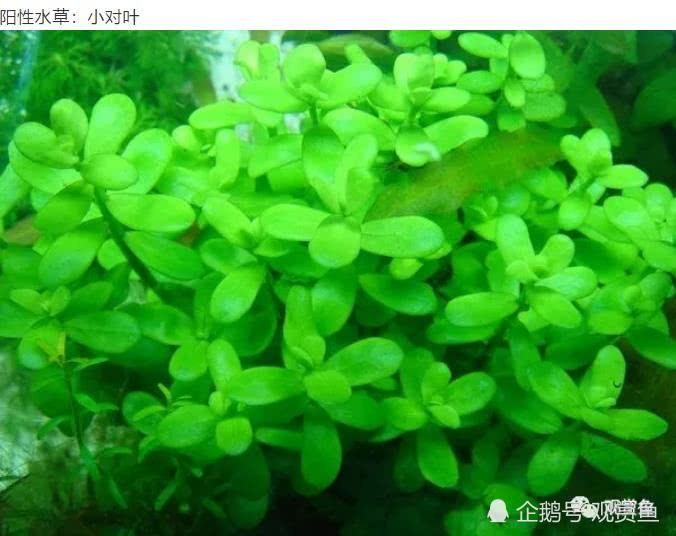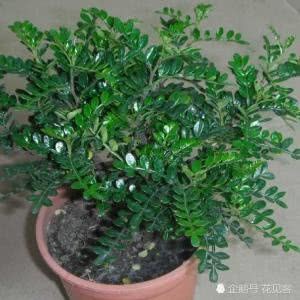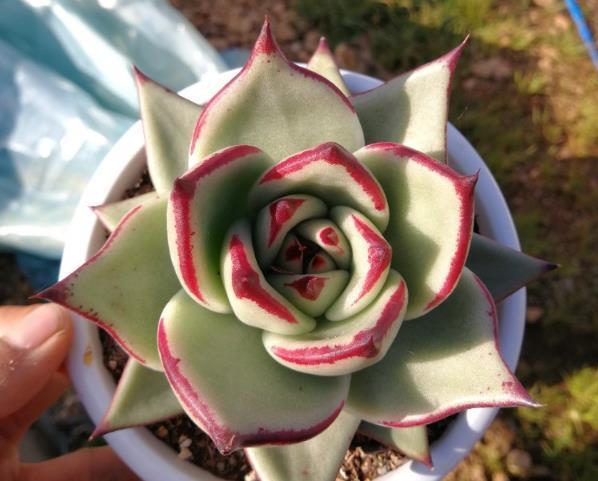Hangtai Aquarium: awesome water plants are also divided into male and female?

Perhaps many friends will think that in a water plant also points a male and female yin and yang, I do not divide what? In fact, in simple terms, negative grass refers to water plants that can still survive for a long time in low light, and positive grass refers to water plants that cannot survive for a long time in low light environment and must grow in high light environment. If it's reversed, it could affect its growth. Let's list two common plants below, let's take a look at the difference between female grass and male grass.
Planting methods:
1. Feeding difficulty-intermediate
2. Circulation situation-ordinary
3, growth light source-medium
Carbon dioxide-recommended addition
5. Current condition-medium
6. Nutrient addition-base fertilizer, root fertilizer and liquid fertilizer
7. Propagation method-stem bud method
This is a theoretical introduction, which can be adjusted appropriately in practice to achieve optimal feeding conditions.
Water grass introduction: Water grass long green to coffee stems, stems on the node grow cross opposite oval leaves, dark green, thick leaves. The flower stems grow from leaf axils and produce pale purple flowers with 5 petals. It has strong drought resistance and can grow on ordinary land. Transplanting water grass into water can directly turn into water type.
Notice on raising aquatic plants
1, feeding difficulty-entry level intermediate high fever level.
2, circulation-common common rare treasure.
3, growth light source-weak weaker medium stronger.
4, carbon dioxide-do not have to add recommendations to add must be added.
5. Current condition-weak, weak, medium, strong.
6. Nutrient addition-base fertilizer, root fertilizer, liquid fertilizer and iron fertilizer.
7. Propagation method-root bud method, stem method, stem bud method.
This is a theoretical introduction, which can be adjusted appropriately in practice to achieve optimal feeding conditions.
Water plant characteristics: This water plant is characterized by its veins can be yellow, while the mesophyll is to maintain the red color of the red butterfly, it can highlight the veins. A variant of the red butterfly, but more popular than the red butterfly. Its water leaves and red butterfly is not different, both in aquarium cultivation conditions are similar, but the water leaves will appear on the grain difference. Generally speaking, it is not easy to plant a leopard red butterfly beautifully, because its veins can be completely highlighted, and present beautiful patterns, usually related to cultivation techniques.
After introducing two kinds of aquatic plants above, let's talk about how to solve the problem of fertilization after planting aquatic plants.
Botanically, nitrogen is fertilizer for leaves-fish waste is available; potassium is fertilizer for stems-rotting grass is available; phosphorus is fertilizer for roots-too much will cause algae flooding, and the roots of aquatic plants are only for fixation and are not very important. However, the nitrogen fertilizer that can be used by aquatic plants can not be absorbed in all forms, and some can be absorbed but cannot be used and become cumbersome. The most common example is nitrite, which cannot be utilized by aquatic plants and can only be utilized and absorbed after being reduced to nitrate by nitrifying bacteria. Therefore, nitrification system plays an important role here. Potassium fertilizer is a major element needed by aquatic plants and is also a common ingredient in aquatic plant liquid fertilizer. Usually do not remove the dead branches and leaves of aquatic plants, this is a good source of potassium. Trace elements, including iron, are important, but they should not be added too much to avoid poisoning fish. General liquid fertilizer (liquid fertilizer) contains iron and other trace elements.
Base fertilizer is a kind of solid fertilizer laid under the sand layer of water grass landscaping tank. In addition to inorganic salts containing a large number of micro-soluble trace elements, more iron is necessary for the growth of water grass. However, it is not necessary to lay base fertilizer to plant good aquatic plants in the aquatic landscape tank, because the whole plant surface of aquatic plants can absorb nutrients directly from water, especially the ability and efficiency of aquatic leaves to absorb nutrients is much stronger than that of roots. In contrast, the roots are dominated by fixed matrix, so it is not necessary to lay base fertilizer in the sand layer.
But after all, there is always an advantage in laying base fertilizer: it can be absorbed not only by the roots of water plants, but also by the stems and leaves of water supply plants. And the roots of aquatic plants can secrete a root acid, which breaks down some insoluble base fertilizer and absorbs nutrients from it.
Of course, some pure antler moss, short pearls or iron crown, black wood fern and other aquatic plants that can grow on heavy wood and rocks do not need to lay base fertilizer, but usually they also need to add liquid fertilizer to supplement their growth.
WeChat Search Mini programs: Hangtai Aquarium Service. After logging in, you can see more articles on fish culture knowledge points and aquarium equipment. There are many discounts, not to be missed ~
- Prev

This kind of green plant is good-looking and easy to raise. It is super suitable for newcomers and lazy people to grow for a month.
With the development of urbanization, people's lives have improved. More and more people like to raise some flowers and plants at home. They can watch and watch in their spare time. However, many people are busy at work or lazy, so they like some flowers and plants.
- Next

The situation that succulent plants may encounter after decapitation is dealt with and can reproduce successfully.
For the decapitation of succulent plants, it depends on what situation you encounter. If it is black rot, cut it to a distance from black rot and cut it thoroughly. Of course, the black rot part can not be taken, germ infection is also one, stay.
Related
- Wuhan Hospital Iron Tree Blooming Result Was Instantly Frightened by the Gardener Master
- Which variety of camellia is the most fragrant and best? Which one do you like best?
- What is the small blue coat, the breeding methods and matters needing attention of the succulent plant
- Dormancy time and maintenance management of succulent plants during dormancy
- Minas succulent how to raise, Minas succulent plant pictures
- What are the varieties of winter succulent plants
- How to raise succulent plants in twelve rolls? let's take a look at some experience of breeding twelve rolls.
- Attention should be paid to water control for succulent plants during dormant period (winter and summer)
- Watering experience of twelve rolls of succulent plants
- Techniques for fertilizing succulent plants. An article will let you know how to fertilize succulent plants.

